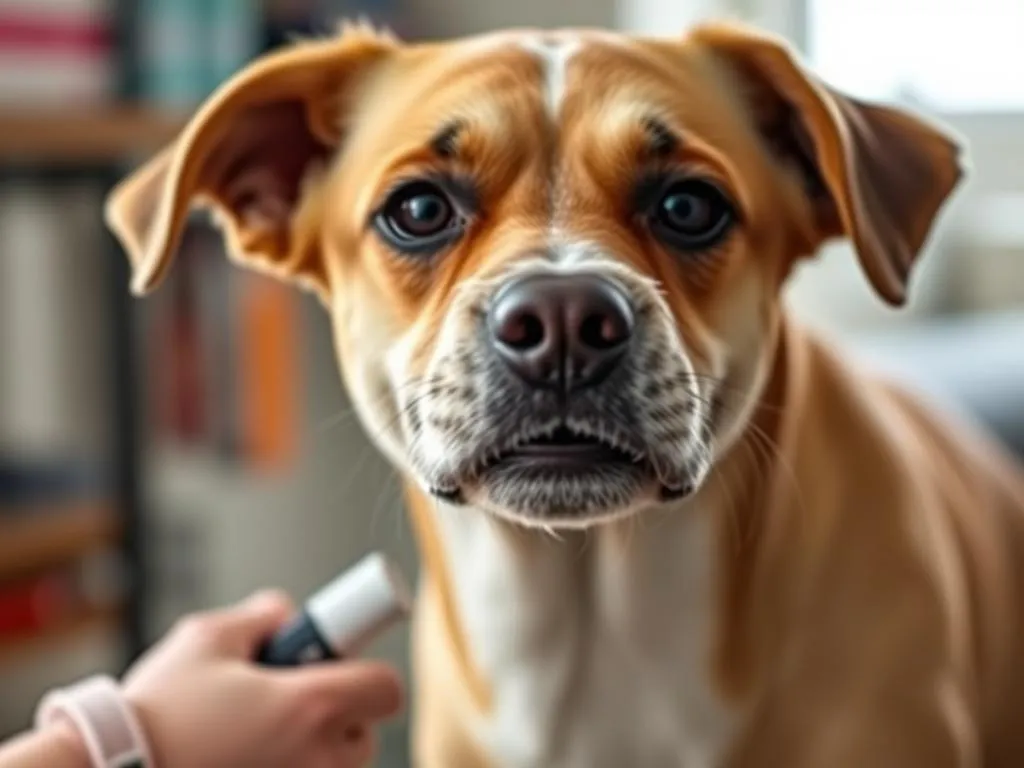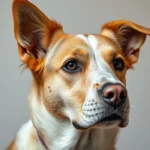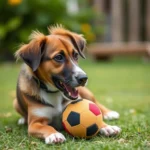
Introduction
Maintaining your dog’s health goes beyond regular vet visits; grooming plays a pivotal role in ensuring overall wellness. Grooming not only helps keep your dog looking good but also aids in identifying potential health issues early. Among the various grooming practices, how to shave a dog is a common topic for many pet owners, especially those with long-haired breeds. This article delves into the importance of dog grooming, the specific considerations for shaving, and a step-by-step guide to help you through the process.
Understanding Dog Grooming
What is Dog Grooming?
Dog grooming encompasses a range of activities aimed at maintaining a dog’s hygiene and appearance. This includes bathing, brushing, nail trimming, and, of course, shaving. Regular grooming helps keep your dog’s coat clean and free from tangles, while also providing an opportunity for owners to check their pet for signs of health issues.
Benefits of regular grooming include:
- Improved skin health and hygiene
- Early detection of skin irritations, lumps, or parasites
- Enhanced comfort for your dog, especially during seasonal changes
Types of Dog Grooming
Grooming can be done professionally or at home. While professional groomers offer expertise and specialized tools, many dog owners choose to groom their pets at home to save on costs and bond with their pets.
Common grooming methods include:
- Bathing: Keeps the coat clean and helps remove dirt and odors.
- Brushing: Prevents matting and reduces shedding.
- Shaving: Offers relief during hot weather and can help in managing skin conditions.
Importance of Grooming for Dog Health
Regular grooming is crucial for maintaining your dog’s health. Here’s how it contributes:
- Skin health and hygiene: Grooming helps remove dead hair, dirt, and debris, which can lead to skin infections if left unattended.
- Prevention of parasites and infections: Regular checks during grooming can help identify fleas, ticks, or skin problems early.
- Maintaining a healthy coat: Grooming distributes natural oils throughout the coat, keeping it healthy and shiny.
When to Shave Your Dog
Signs Your Dog Needs a Haircut
Not all dogs require shaving, but there are clear signs when it’s necessary:
- Matting and tangles: If your dog’s coat is heavily matted, shaving might be the best option.
- Overheating issues in summer: Dogs with thick coats can struggle to regulate their body temperature in hot weather.
- Skin irritations or infections: If your dog has skin issues, shaving may help facilitate treatment and recovery.
Breeds That May Require Shaving
Certain breeds are more prone to requiring shaving due to their coat type:
- Breeds with double coats: Breeds like Golden Retrievers or Siberian Huskies have thick undercoats that can trap heat.
- Short-haired vs. long-haired breeds: Long-haired breeds may need more frequent shaving to maintain hygiene and comfort.
Seasonal Considerations
Understanding the seasonal needs of your dog can also influence grooming practices:
- Winter vs. summer grooming needs: While some dogs benefit from a trim in the summer, others may need to retain their coat for warmth in the winter.
- Climate impact on grooming frequency: Dogs living in warmer climates may need more frequent shaving compared to those in cooler regions.
Preparing for Shaving Your Dog
Essential Tools for Shaving
Before you start the process of shaving your dog, gather all necessary tools:
- Types of clippers and blades: Invest in a good quality clipper specifically designed for dogs. Make sure to have appropriate blade sizes for different areas.
- Brushes and combs: A slicker brush or comb helps remove mats and tangles before shaving.
- Safety equipment: A grooming table and restraints can help keep your dog secure and comfortable during the process.
Setting Up a Comfortable Space
Creating a calm environment is crucial for a successful grooming session:
- Creating a calm environment: Choose a quiet space free from distractions to help your dog relax.
- Ensuring safety for both dog and groomer: Make sure the area is well-lit and that you have a non-slip surface to prevent accidents.
Getting Your Dog Ready
Prepare your dog for the shaving process:
- Bathing before shaving: A bath can help remove dirt and debris, making the shaving process smoother.
- Inspecting the coat and skin for issues: Check for any unusual lumps, bumps, or irritations before shaving.
- Comforting your dog to reduce anxiety: Use treats and a calm voice to reassure your dog throughout the process.
How to Shave a Dog: Step-by-Step Guide
Step 1: Gather Your Supplies
Make sure you have everything you need before starting:
- Dog clippers
- Various blade sizes
- Brushes and combs
- Dog shampoo and conditioner (for pre-bath)
- Towels
- Treats for positive reinforcement
Step 2: Prepare Your Dog
Help your dog feel comfortable and secure:
- Techniques to calm your dog: Use treats, gentle pats, and a soothing tone to ease any anxiety.
- Ensuring proper positioning: Make sure your dog is standing or lying in a comfortable position that allows you to access all areas easily.
Step 3: Start with Brushing
Begin with thorough brushing:
- Removing tangles and mats: Carefully brush out any tangles or mats to prevent pulling during shaving.
- Importance of brushing before shaving: Brushing helps the clippers glide smoothly and reduces the risk of skin irritation.
Step 4: Shaving Techniques
Now it’s time to start shaving:
- Direction of hair growth: Always shave in the direction of hair growth to avoid irritation.
- Techniques for different body parts: For sensitive areas like the face and paws, use smaller clippers or scissors to ensure precision.
Step 5: Post-Shave Care
After shaving, it’s important to care for your dog:
- Cleaning the area after shaving: Remove all hair clippings from your pet’s coat and the surrounding area.
- Skin care and moisturizing: Apply a dog-safe moisturizer to help soothe the skin if necessary.
- Importance of a follow-up grooming routine: Schedule regular grooming sessions to maintain coat health and avoid matting.
Common Mistakes to Avoid When Shaving Your Dog
Rushing the Process
Patience is key when shaving your dog:
- Importance of patience and thoroughness: Take your time to avoid mistakes that can lead to injuries or an uneven cut.
Using Incorrect Tools
Using the wrong tools can cause issues:
- Risks of using inappropriate clippers or blades: Ensure your tools are specifically designed for dog grooming. Using human clippers can risk overheating and injury.
Ignoring Skin Sensitivity
Be mindful of your dog’s skin during the shaving process:
- How to identify sensitive areas: Pay attention to areas that may be more sensitive, like the belly or around the face.
- Tips for handling skin issues during shaving: If you notice any skin issues, use caution and consider consulting a vet before proceeding.
Alternatives to Shaving
Trimming vs. Shaving
Sometimes trimming is a better option:
- When to choose trimming over shaving: If your dog’s coat is healthy but just needs a tidy-up, opt for trimming rather than full shaving.
Professional Grooming Services
Professional groomers can offer expertise:
- Benefits of seeking professional help: They have the skills and tools to handle difficult coats and can provide a stress-free experience for your dog.
- Tips for finding a reliable groomer: Look for reviews and ask for recommendations to find a groomer who understands your dog’s needs.
Grooming Maintenance
Regular grooming helps maintain coat health:
- Regular brushing and combing: Establish a routine to prevent matting and keep your dog comfortable.
- Bathing schedules and products: Use quality dog shampoos and conditioners to keep your dog’s coat clean and healthy.
Conclusion
Grooming, especially how to shave a dog, is an essential part of dog health care that should not be overlooked. Proper grooming practices can significantly enhance your dog’s quality of life, ensuring they are comfortable and healthy. By prioritizing grooming and understanding the needs of your dog, you can foster a strong bond and promote their overall well-being. Embrace the grooming journey and remember that a well-groomed dog is a happy dog!









